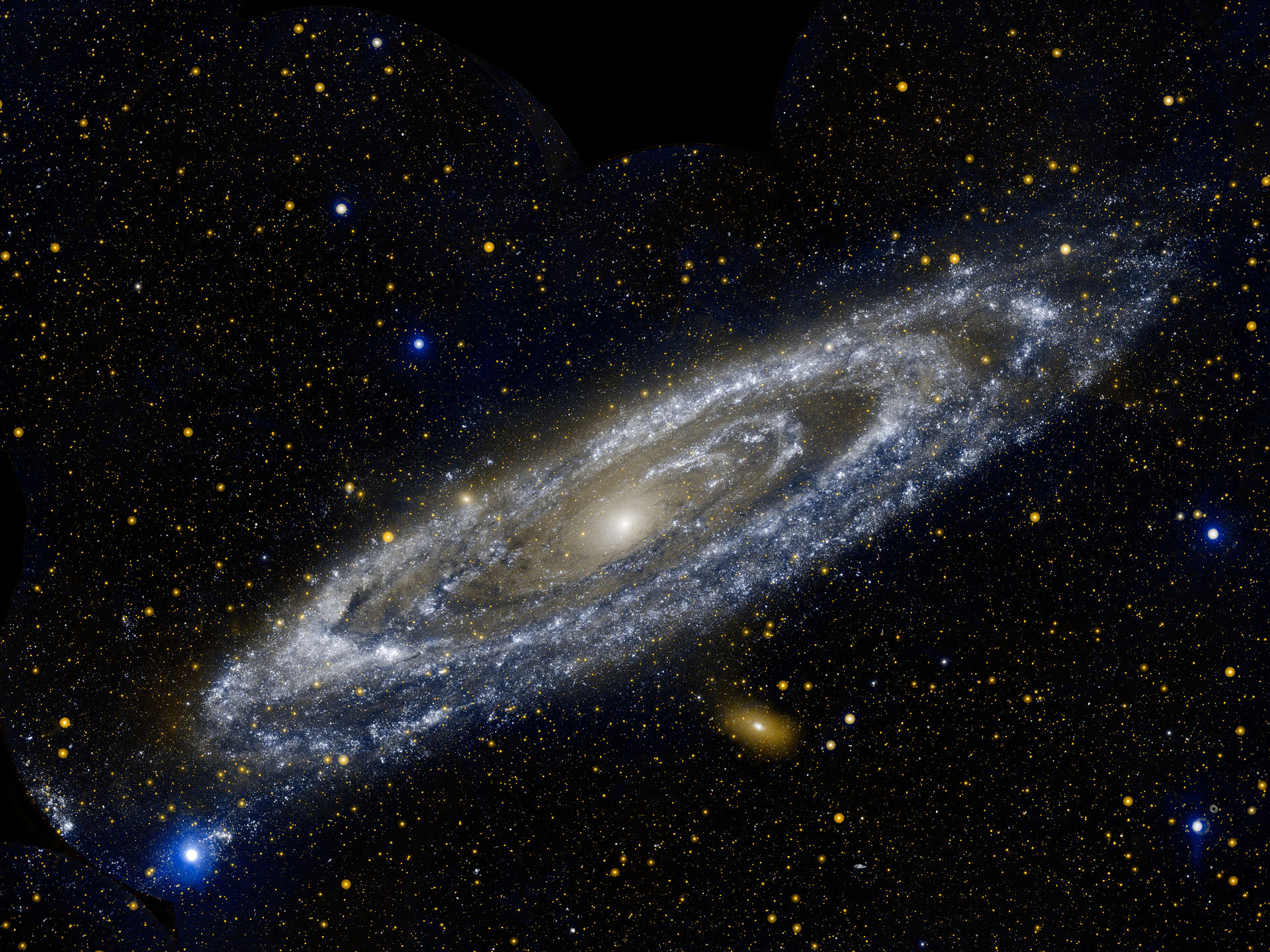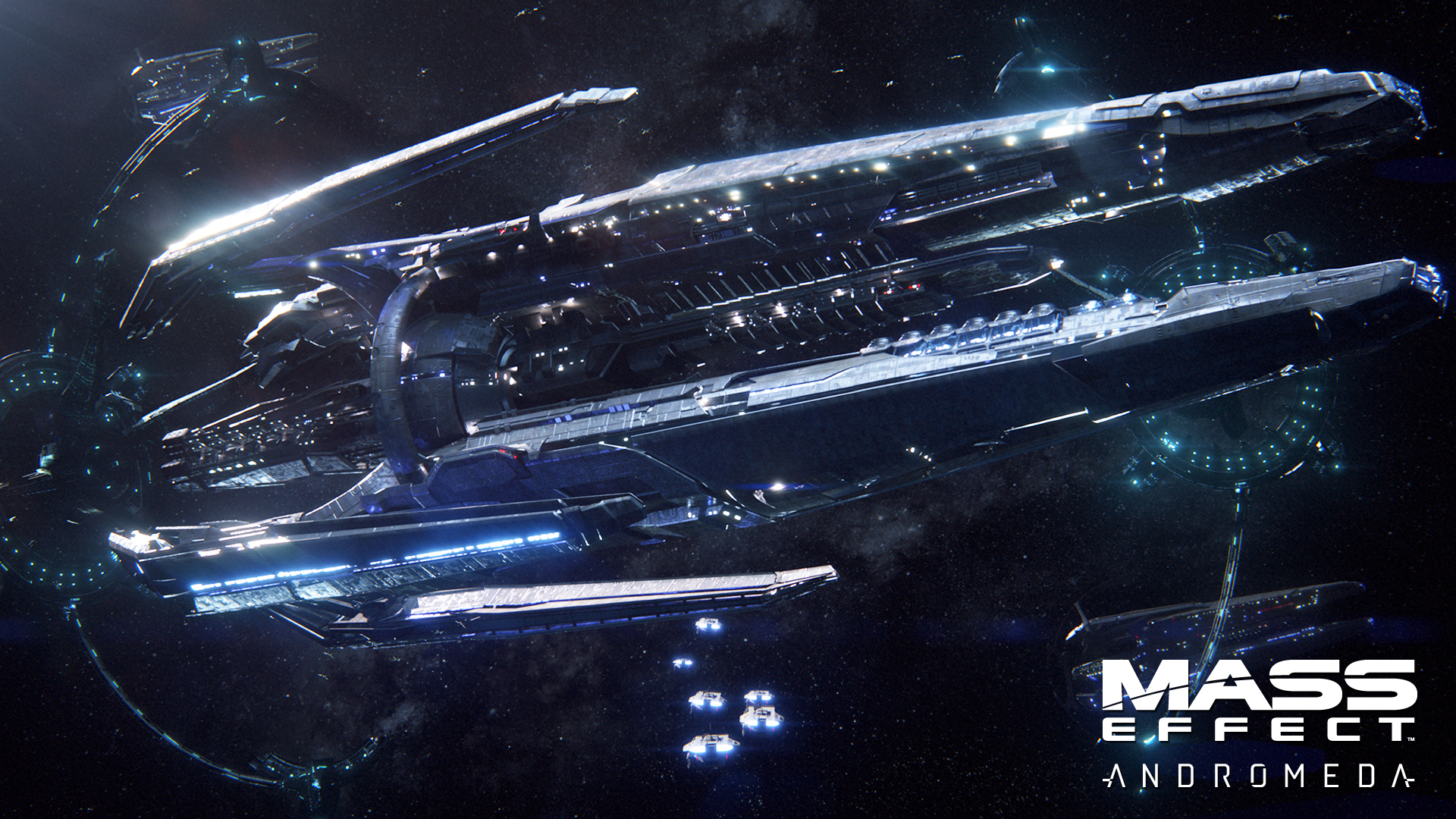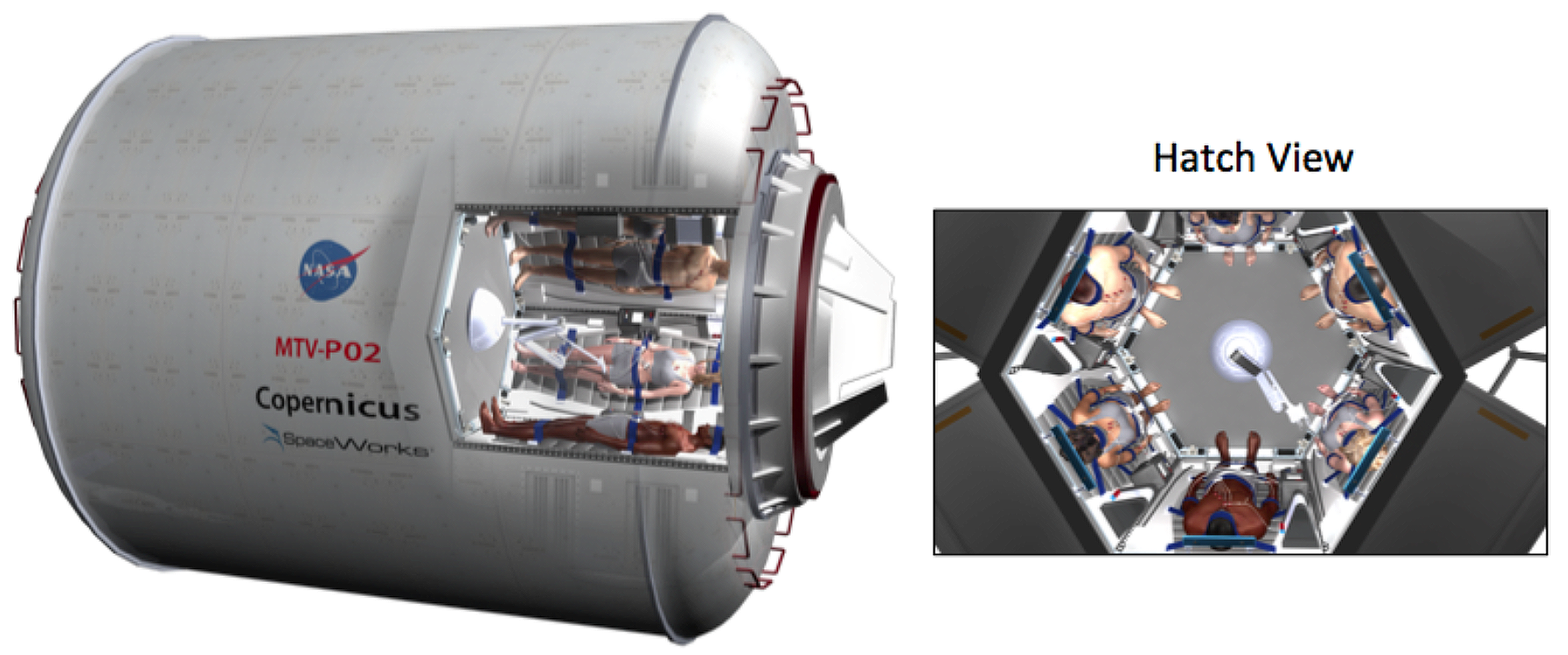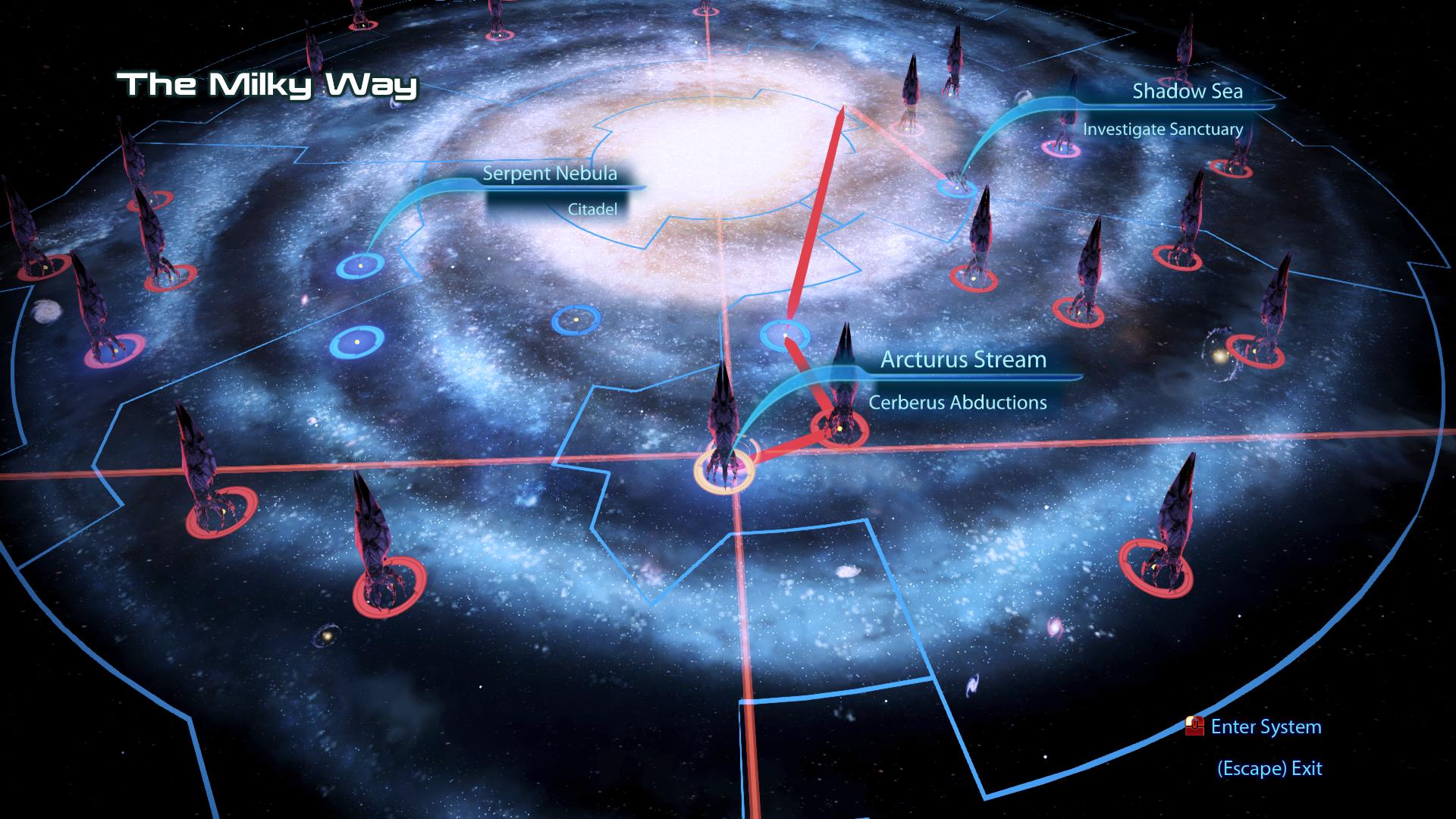The science of Mass Effect: Alcubierre drives, FTL travel, mass effect fields, torpor habitats, the Fermi Paradox and more
With the release of Mass Effect: Andromeda just days away, we take a look at the amazing science behind the game


In less than a week, a 600 year journey across the frigid depths of intergalactic space will be complete. Mass Effect: Andromeda's Pathfinder team will reach their destination, and an ark full of frozen colonists will arrived in an uncharted galaxy in preparation to find a new home. But, could we replicate their mission in our own universe? And what would we find when we got there?
The real Andromeda
Our planet is one of eight orbiting the Sun. Our star sits in a finger of gas known as the Orion Spur, which is one swirl in the vast spiral of 100 billion stars that make up the Milky Way galaxy.
Our galaxy is, in turn, one of an estimated 2 trillion galaxies in the observable universe. And, at 2.5 million light years away, the Andromeda galaxy is the closest replica of our own in nearby space.

Like the Milky Way, Andromeda is spiral-shaped, but it's twice as wide and contains more than a trillion stars. The above image, captured by NASA's Galaxy Evolution Explorer shows rings of bright young stars mingled with dark lanes of dust and gas.
In Mass Effect: Andromeda, the Pathfinder team have been tasked with searching these systems for habitable worlds.
Faster than light travel
Their ship, Ark Hyperion, smashed the speed limit of the universe to reach Andromeda in just 634 years. Light itself, travelling at 299,792,458 metres per second, would take 2.5 million years to make the same journey.

Einstein explained that energy and mass are linked. The faster an object moves, the more mass it has and the more energy you need to add to make it go faster still. Light, which has no mass, can travel virtually unimpeded through a vacuum, but nothing with mass (even a tiny electron) should be able approach its speed.
Get all the latest news, reviews, deals and buying guides on gorgeous tech, home and active products from the T3 experts
Mass Effect's answer? Mass effect fields.
They get around this problem by interfering with the mass of objects inside them. Lowering the mass of the Ark should allow it to travel faster, and creating negative mass could warp spacetime itself, enabling the ship to break the universal speed limit.
This interview with theoretical physicist Dr Michio Kaku explains more.
It's a similar idea to the hypothetical Alcubierre drive, proposed by theoretical physicist, Miguel Alcubierre. If it were possible to build one, it would allow faster-than-light travel by compressing spacetime in front of a spacecraft, and dilating it behind. But, according to Alcubierre, you'd need exotic matter to make it happen.
In the Mass Effect universe, this exotic matter comes in the form of element zero.
“Also known as 'eezo,' the rare material known as element zero generates a field when subjected to an electrical current, which raises or lowers the mass of all objects within it. This 'mass effect' forms the basis of modern technology, from weapons and manufacturing, to enabling faster-than-light travel."
Andromeda Initiative, Arks and Nexus Bri
Unfortunately for us, eezo doesn't seem to exist in our universe, so our spacecraft are still battling the speed limit. The current record holder for 'fastest spacecraft in the Solar System' is Helios 2, which reached a mere 68,600 m/s in 1976. And the next could be Yuri Milner’s interstellar nano-craft.
Powered by solar sails and launched by lasers, it's hoped that they'll reach 1/20th of the speed of light. The downside - they're barely the size of a Nintendo Switch cartridge, so won't be taking any passengers with them.
Surviving the journey
Assuming we could make the trip to Andromeda, the next challenge would be keeping the crew alive. Space is a dangerous place; minerals leech out of bones, muscles waste, and people require a constant supply of food, water and warmth at the bare minimum.
For a multigenerational mission with thousands of colonists, there'd also be on-board politics, reproduction, and the simple fact that by the time the children of the original crew reached Andromeda, they would never even have seen a planet.
Mass Effect’s solution is to put the Ark’s occupants into cryo sleep, and you can watch Ryder waking up from it in the video below (beware, this shows the first 12 minutes of the game).
Once again, it's mass effect fields that make it happen, presumably by interfering with the speed of time. But even without them, plans are underway to create something similar for our own astronauts.
NASA are supporting SpaceWorks with the (very) early development of their 'Vision Systems Torpor Habitats' , which are being designed to sustain and support astronauts in a state of lethargy by inducing long-term hypothermia. The idea is to slow the metabolism right down, reducing the need for food and water, delaying the damage caused by living in microgravity, and sparing crews from the monotony of living in a tin-can as they travel through space.

And, in case we ever need to survive in space for a while, NASA are also working on a ‘space pup’ experiment on the International Space Station to find out what happens to reproduction. And, they’ve managed to grow some lettuce too.
Planet hunting
When the Pathfinder team arrive in Andromeda, their job is to find a new home. Our own galaxy contains an estimated 17 billion Earth-sized planets, and many more that are smaller or larger than home. And, though it's hard to see into Andromeda from this distance, planets from other galaxies have been spotted before.
In the game, the team will be focusing on the Helius cluster, which contains seven promising ‘golden worlds’ somehow identified before the mission left Earth. Perhaps unsurprisingly, when they arrive, the planets don't look quite as expected.
Back in reality, the search for Earth's real twin is already underway, though the search is happening much closer to home where it's easier to see what's going on. Seven were recently discovered orbiting the star TRAPPIST-1, 39.5 light years away, and all could have liquid water on the surface - a fundamental ingredient for life.
Alien encounters
Finally, we come to the ultimate question. Ryder and co will definitely encounter aliens in their Andromeda, but what are the chances of the same thing happening to us?
According to the Drake Equation - used to estimate the number of communicative civilisations in the Milky Way - there's a high chance that we're not alone. But, as far as we know, life only exists on Earth.
If there are intelligent aliens out there, why haven't we seen them?

In the Mass Effect universe, spacefaring species have coated the galaxy in settlements and technology.
There are billions of stars out there, many of which are older than the Sun. Some of these are orbited by habitable planets, and if life evolved on Earth, why wouldn't it evolve on some of them too? And if it did, surely some of those planets would end up becoming host to intelligent species that tried to explore the universe around them.
The Milky Way isn't that huge, really. And once a species mastered interstellar travel, it shouldn't take long for them to spread across their corner of the galaxy. And if that had happened, we should be able to see them from here.
This is the Fermi Paradox.
Speaking about this in a 1996 talk entitled 'Life in the Universe', Professor Stephen Hawking argued that it’s possible that we’re wrong about how easy it is for life to appear. That we might assume too much about the value of intelligence in evolutionary terms - bacteria, for example, will survive long after us. Or, depressingly, that intelligent life inevitably destroys itself before it has the chance to spread across a galaxy.
His preferred option though is that we just haven't looked hard enough.
Luckily for us, we don't have to. At least for now. Mass Effect: Andromeda is out next week, and there's a whole galaxy full of alien life just waiting to be explored.
